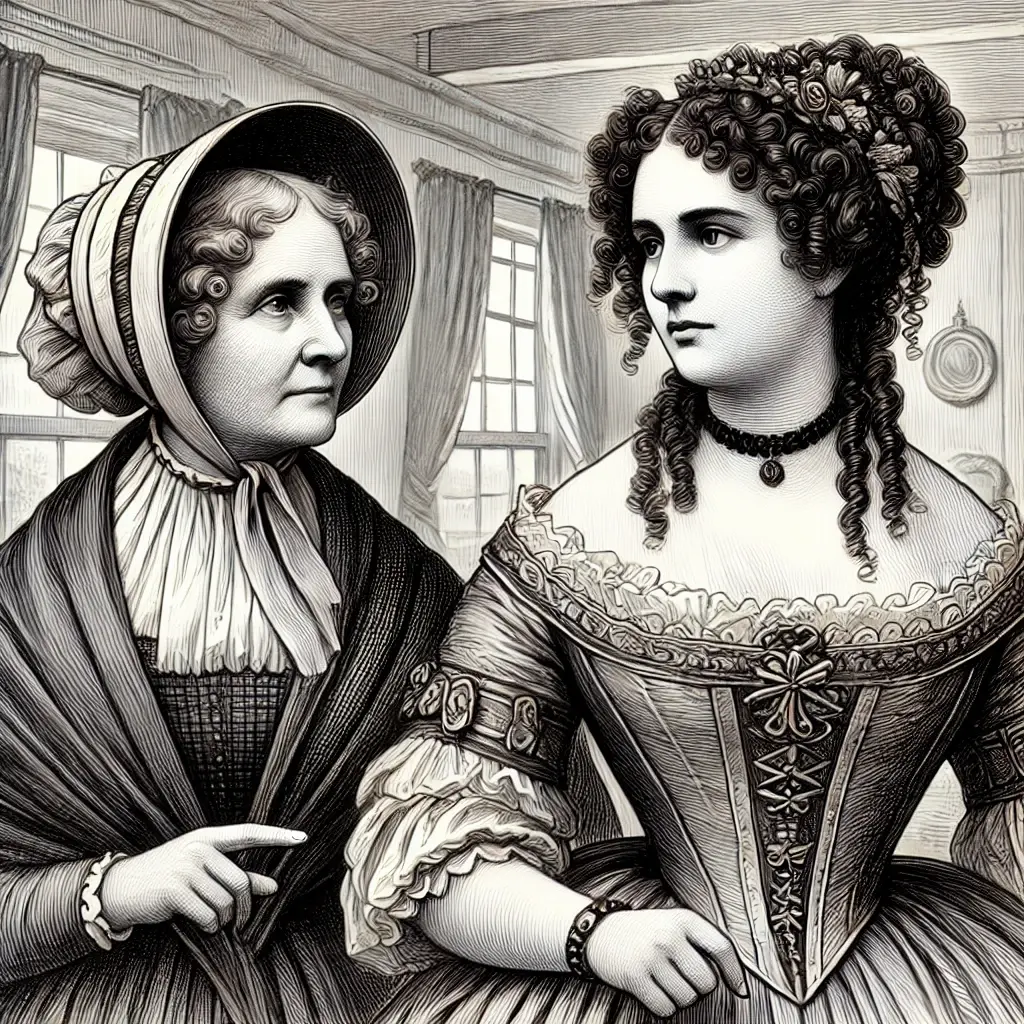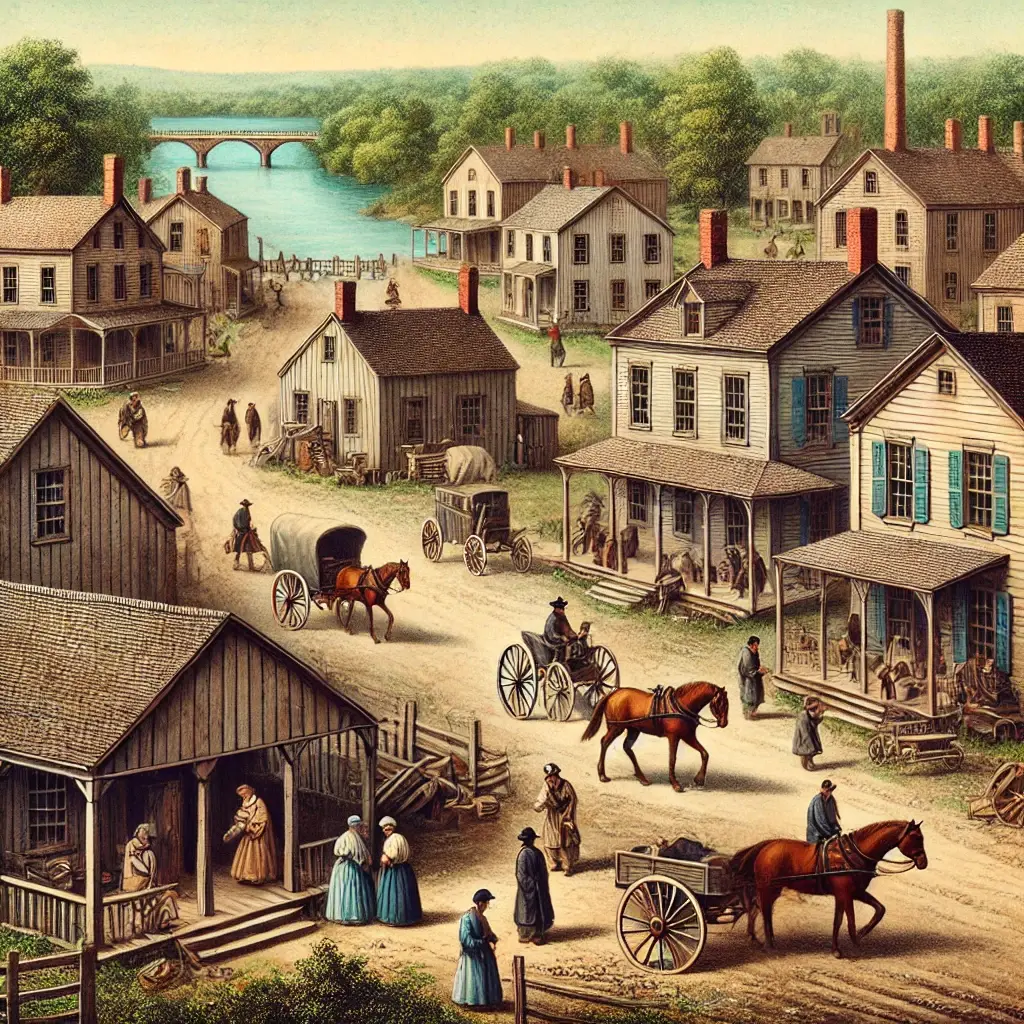The Seneca Falls Convention, which commenced on July 19, 1848, in Seneca Falls, New York, was a watershed moment in the history of the United States. This groundbreaking gathering was orchestrated by Lucretia Mott and Elizabeth Cady Stanton, two influential abolitionists and activists who sought to address the systemic inequalities faced by women. Their efforts led to the first organized women’s rights convention in the country, setting in motion a transformative movement that would reshape American society.

Held at the Wesleyan Chapel, the Seneca Falls Convention attracted approximately 300 attendees, including both women and men who were committed to the cause of gender equality. Among the notable figures present were Frederick Douglass, the renowned abolitionist and former enslaved person, whose support for women’s rights underscored the interconnectedness of the struggles for racial and gender equality. The diverse assembly reflected the broad coalition of individuals dedicated to challenging the status quo and advocating for social justice.
One of the convention’s most significant outcomes was the adoption of the Declaration of Sentiments, a document modeled after the Declaration of Independence. Drafted primarily by Elizabeth Cady Stanton, the Declaration of Sentiments outlined the myriad injustices faced by women and called for their equal treatment under the law. It asserted that “all men and women are created equal” and listed grievances such as the denial of the right to vote, lack of access to education and employment opportunities, and the subjugation of women within marriage.
The bold demand for women’s suffrage, articulated in the Declaration of Sentiments, was particularly controversial. At the time, the notion of women voting was considered radical and met with significant resistance, even among some of the convention’s attendees. However, the resolution for women’s suffrage, supported by Frederick Douglass, ultimately passed, highlighting the convention’s commitment to comprehensive reform and laying the groundwork for future advocacy.
The Seneca Falls Convention also provided a platform for women to share their personal experiences of discrimination and to build a sense of solidarity and purpose. Speeches and discussions at the convention addressed a wide range of issues, from legal rights and property ownership to access to education and employment. This exchange of ideas and experiences helped to forge a collective identity and mission among the participants, empowering them to continue their fight for equality.
In the years following the Seneca Falls Convention, the women’s rights movement gained momentum and attracted a growing number of supporters. Activists like Susan B. Anthony, who was deeply inspired by the convention, joined forces with Stanton and Mott to organize and advocate for women’s rights on a national scale. Their tireless efforts included lobbying for legislative changes, organizing additional conventions, and raising public awareness about the injustices faced by women.
The movement faced numerous challenges and setbacks, including societal opposition, internal divisions, and the Civil War, which temporarily shifted the focus of many activists. However, the foundation laid at Seneca Falls remained a source of inspiration and guidance for subsequent generations of women’s rights advocates. The principles and goals articulated at the convention continued to resonate, driving the movement forward despite the obstacles.
The legacy of the Seneca Falls Convention is evident in the eventual passage of the 19th Amendment to the United States Constitution in 1920. This landmark legislation, which granted women the right to vote, was the culmination of decades of activism and advocacy that began with the bold declarations made at Seneca Falls. The convention’s influence extended beyond suffrage, shaping broader discussions about gender equality and women’s rights in various spheres of life.
The Seneca Falls Convention also had a profound impact on other social reform movements. The intersection of women’s rights with abolitionism, temperance, and labor rights highlighted the interconnected nature of social justice issues. Activists who were involved in the women’s rights movement often supported and collaborated with other reform efforts, recognizing that true equality required addressing multiple forms of oppression.
Educational institutions and curricula have increasingly recognized the significance of the Seneca Falls Convention in American history. Schools and universities now include the convention and its key figures in their teachings, ensuring that new generations understand the importance of the early women’s rights movement and its contributions to social progress. This educational focus helps to preserve the legacy of the convention and inspire continued advocacy for equality.
Commemorative events and historical markers have been established in Seneca Falls and other locations to honor the convention and its participants. These sites serve as reminders of the courage and determination of the women and men who gathered in 1848 to demand change. Annual celebrations, such as Women’s Equality Day, which marks the anniversary of the 19th Amendment, often include tributes to the Seneca Falls Convention and its lasting impact.
The spirit of the Seneca Falls Convention lives on in contemporary movements for gender equality and women’s rights. Modern activists continue to draw inspiration from the convention’s Declaration of Sentiments and the pioneering efforts of its organizers. Issues such as reproductive rights, pay equity, and combating gender-based violence are part of the ongoing struggle for equality, building on the foundation established in 1848.
Internationally, the principles of the Seneca Falls Convention have influenced women’s rights movements around the world. The global push for gender equality and the recognition of women’s rights as human rights reflect the enduring relevance of the convention’s ideals. Activists and organizations worldwide continue to fight for the rights and freedoms envisioned by the early pioneers of the women’s rights movement in Seneca Falls.

As we reflect on the significance of the Seneca Falls Convention, it is essential to recognize the bravery and vision of the individuals who organized and attended the gathering. Their willingness to challenge societal norms and demand justice laid the groundwork for the transformative changes that followed. The convention’s legacy serves as a powerful reminder of the impact that determined individuals can have on the course of history.
The Seneca Falls Convention remains a cornerstone of the women’s rights movement, symbolizing the beginning of an organized effort to achieve gender equality in the United States. Its influence is evident in the progress made over the past century and a half, as well as in the ongoing struggles for justice and equality. The convention’s enduring legacy continues to inspire and guide those who work towards a more equitable and inclusive society.
